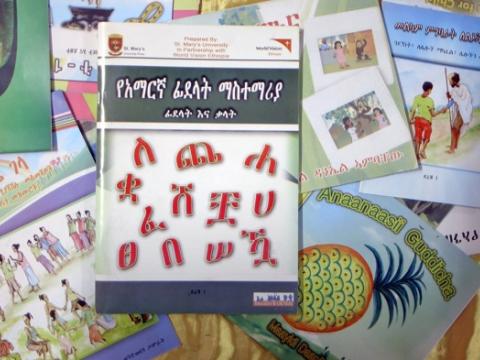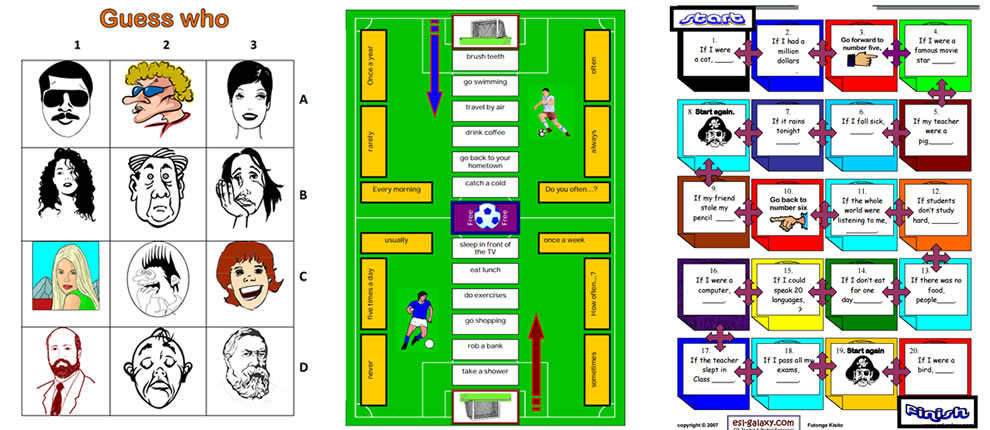The primary and kindergarten classes typically require a variety of information and educational resources to help support the development and learning of their students. Materials that are needed include curriculum materials. They are used to help meet the school's learning objectives. Examples of the materials that could be needed include: Curriculum materials- These materials are designed to support the learning objectives of the school's curriculum.
Classroom supplies - Items like pencils, paper or pencils, glue, scissors and many other art supplies are essential for children to finish their assignments and other activities.
Educational technology – In this digital age, technology for education such as tablets and computers can give students additional resources and enhance their learning.
Books- To help encourage language and reading development elementary schools and kindergartens require a wide selection of books with a suitable age.
Manipulatives- Manipulatives like puzzles, blocks, or games help children to develop their problem-solving abilities and spatial awareness.
Visual aids - Posters, charts and maps are visual aids that help children learn and retain essential concepts.
Music and Art Materials Materials for art, instruments such as clay paints or other materials can provide children with artistic ways to express themselves and encourage self-expression.
Safety equipment - Safety items such as first aid kits and fire extinguishers are vital for the safety and well-being of staff and students.
All in all, elementary and kindergarten schools require a variety of educational and informational materials that create a fun environment and a safe learning space. Read the top sostegno scuola infanzia for blog tips.

What Maths Didactic Books Are Suggested For Italian Nursery Schools?
Maths didactics cards may be used to introduce basic math concepts to children. Maths didactics can be utilized to introduce children to basics of math. These cards could include pictures of animals or items which represent numbers. This makes the process of learning more enjoyable.
Shape cards: These cards can be used to teach children names and features of various shapes such as squares, circles triangulars and rectangles. They may also include images of real objects which represent every shape.
Color cards can be used to teach children the names of the various colours and their shades. In order to make learning more enjoyable, they can include illustrations of objects with a dominant color.
Counting cards: Counting cards help kids learn to count between 1 and 10 or more. Counting cards may be illustrated with animals or objects to represent each number.
Time cards. Time cards can be used to teach children the names, dates and times of the weeks and months. They may also include illustrations of clocks or calendars to make the learning experience more enjoyable.
Maths didactics must be engaging and engaging as well as suitable for the age of the child. Teachers and caregivers can to make use of these cards for engaging, fun Maths activities that stimulate curiosity and enthusiasm in children. Have a look at the most popular materiale didattico matematica sostegno for site tips.

What Are The Science Education Cards Recommended For Italian Schools?
Science didactic card can be an excellent tool for teaching young children the basics of science. Here are some science-related instructional cards you can consider: Animal Cards. Animal cards can teach youngsters about various species, their traits and their behavior. They can be illustrated using animals and their habitats to make learning more engaging.
Plant Cards: Plant cards help children learn different plants and characteristics. The cards can include illustrations of the plant species and their stages of growth to make learning more engaging.
Weather cards are a great method to educate children about the different types of weather, and how it affects the natural environment. They can feature illustrations of weather conditions such as snow, sun, rain and clouds.
Space cards: The Space cards are a great way to help youngsters learn more about the solar system and its different planets. You can use illustrations to show the planets' unique characteristics.
Human body cards: Human body cards can assist children in learning about different parts of the body and how they work. Images of body parts could be used to help explain the function of their parts.
It is vital to select scientific didactics that are age appropriate, engaging and interactive. Teachers and caregivers can to use these cards for fun and interactive activities that encourage children's interest in learning about the world. Read the best materiale didattico scienze for more examples.

What Are The Most Effective Materials To Use In Teaching The Italian Language In Schools?
Italian nurseries could employ geography-related teaching tools to teach children about diverse cultures and the different settings. Here are some examples of possible geography teaching resources: Maps. A map can be used to aid students understand geography, and also the geographical features of different regions and countries.
Globes assist children in understanding the earth's surface and are a great way to teach about continents and the oceans.
Pictures and videos Images and videos from different places and cultures can help children learn about the variety of the world and gain an appreciation for the different ways of living.
Books: Age-appropriate books for children which highlight diverse cultures can inspire a child's curiosity as well as fascination with the world.
Natural materials can aid children to learn about different ecosystems.
Field excursions The field trip to local parks, zoos, and museums can provide children with activities that are hands-on and allow them to explore geography in an actual setting.
The resources you select to teach geography must be appropriate for children of all ages, and sensitive to the culture of your students. Teachers and caregivers can utilize these resources to develop stimulating, interactive activities that encourage children's enthusiasm and curiosity.
